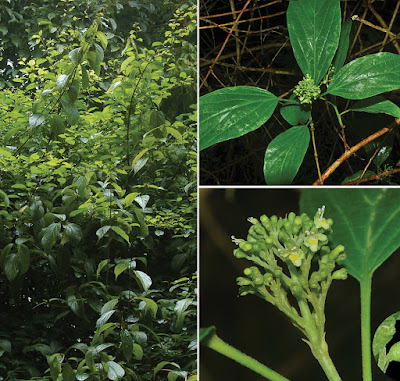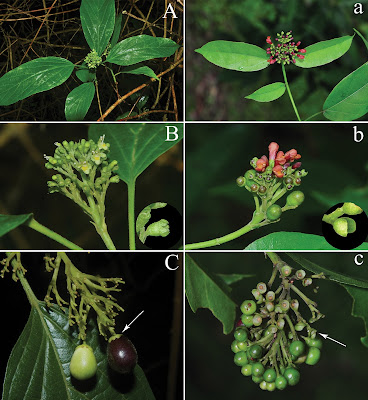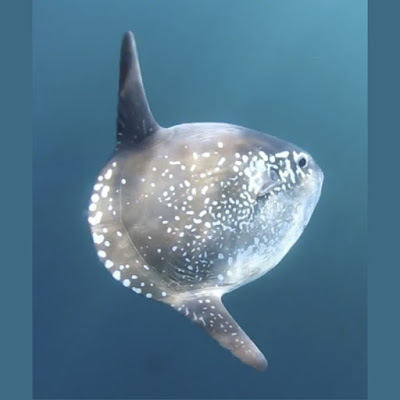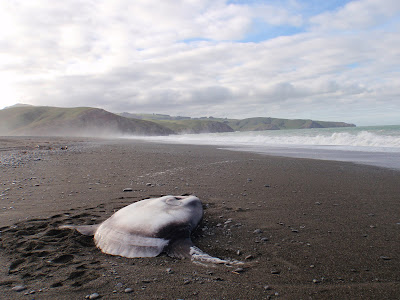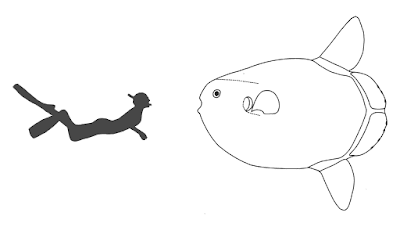[Most Recent Entries] [Calendar View]
Sunday, July 23rd, 2017
| Time | Event | ||
| 6:57a | [Botany • 2017] Premna bhamoensis • A New Species (Lamiaceae, Premnoideae) from Kachin State, northeastern Myanmar
Abstract In the present study, we describe and illustrate a new species, Premna bhamoensis Y. T. Tan & B. Li (Lamiaceae), from Myanmar. In the 1980s, this species was transplanted from Bhamo County in northeastern Myanmar to the Xishuangbanna Tropical Botanical Garden, Chinese Academy of Sciences. The species shows striking morphological similarity to P. menglaensis B. Li, and thus, has been misidentified as the latter for a long period of time. However, morphological comparison revealed that P. bhamoensis is distinct from P. menglaensis in many aspects. Moreover, literature survey and specimen examinations also indicated that P. bhamoensis is undoubtedly different from all seven known congenetic species recorded from Kachin State, Myanmar, and a key for their identification has been provided in this paper. Keywords: China, morphology, Myanmar, Premna menglaensis, Xishuangbanna Tropical Botanical Garden Taxonomy Premna bhamoensis Y.T. Tan & B. Li, sp. nov. Diagnosis: The species is most similar in morphology to P. menglaensis B. Li, but differs from the latter in having branchlets and petioles densely tomentose (vs. glabrous or glabrescent), leaf blades papery with minute pubescence (vs. leathery and glabrous), flowers green to greenish yellow (vs. red flowers), calyces slightly 2-lipped with five equal lobes (vs. calyces distinctly 2-lipped with entire or minute emarginate lips), and stamens exserted from corolla (vs. included). Distribution: Per the introduction record, P. bhamoensis is originally collected from northeastern Myanmar, but currently known only from the cultivated type in the Xishuangbanna Tropical Botanical Garden (Figure 4). Based on our experience in examination of Asian Premna specimens, we suspect that the species is probably endemic to Kachin State of Myanmar and distributed in a very small area. Etymology: The specific epithet of this new species, “bhamoensis”, is derived from the name of the locality, Bhamo County, from where the species was originally collected. Yunhong Tan, Derong Li, Yongjun Chen and Bo Li. 2017. Premna bhamoensis (Lamiaceae, Premnoideae), A New Species from Kachin State, northeastern Myanmar. PhytoKeys. 83: 93-101. DOI: 10.3897/phytokeys.83.12869 | ||
| 9:55a | [Ichthyology • 2017] Mola tecta • Hiding in Broad Daylight: Molecular and Morphological Data Reveal A New Ocean Sunfish Species (Tetraodontiformes: Molidae) that has Eluded Recognition Abstract The taxonomy of the ocean sunfishes (Molidae) has a complicated history. Currently, three genera and four species are recognized, including two in the genus Mola (M. mola and M. ramsayi). In 2009, a genetic study revealed a potential third species, Mola species C, in Southeast Australian waters. Concentrating on this region, we obtained samples and morphological data from 27 Mola sp. C specimens, genetically confirmed the existence of this species (mtDNA D-loop and cytochrome c oxidase 1), and established its morphology across a size spectrum of 50–242 cm total length. Mola sp. C is diagnosed by clavus meristics [15–17 fin rays (13–15 principal, 2 minor), 5–7 ossicles, paraxial ossicles separate], clavus morphology (prominent smooth band back-fold, rounded clavus edge with an indent), and body scale morphology (raised conical midpoints, non-branching). This species does not develop a protruding snout, or swollen dorso- or ventrolateral ridges. Body proportions remain similar with growth. A review of the historic literature revealed that Mola sp. C is a new, hitherto undescribed species, Mola tecta, which we describe and diagnose, and that it is the first proposed addition to the genus Mola in 125 years. Its core distribution is likely in the temperate waters of the Southern Hemisphere. Keywords: Australia, CO1 mtDNA, D-loop, morphology, morphometrics, New Zealand, phylogenetics, southern hemisphere, taxonomy. Family Molidae Bonaparte, 1832 Genus Mola Koelreuter, 1766 Mola Koelreuter, 1766. Type specimen Mola aculeata, i.e. pre-juvenile form. Mola Cuvier, 1798. Type specimen Tetraodon mola Linnaeus, 1758, i.e. adult form. • Mola mola (Linnaeus, 1758) No known holotype(Parenti, 2003; Eschmeyer et al., 2017) Distribution: Currently thought to be widely distributed in all the world’s oceans except for the polar seas, however may be relatively uncommon in some areas (e.g. around Australia and New Zealand). • Mola ramsayi (Giglioli, 1883) Holotype: BMNH 1883.11.29.22 Distribution: Previously thought to be restricted to the South Pacific (Fraser-Brunner, 1951), however if Mola sp. A is shown to belong to M. ramsayi, the distribution is much wider than previously thought, including the Pacific and Indian oceans in both hemispheres, as well as the Mediterranean and probably also the European seas.
• Mola tecta sp. nov. New English name: Hoodwinker Ocean Sunfish. New Japanese name: Kakure-manbo Etymology: The species name tecta is derived from the Latin tectus (disguised, hidden), as this species evaded discovery for nearly three centuries, despite the keen interest among early sunfish taxonomists and the continued attention these curious fish receive. The Japanese name is derived from the species name tecta: ‘hidden’ (Kakure), ‘sunfish’ (manbo), while the English name, ‘Hoodwinker’, pertains to the figurative meaning ‘trickster, deceiving by disguise’, c. 1600. Habitat and distribution: Mola tecta has been confirmed in the southeast of Australia (New South Wales, South Australia, Tasmania and Victoria) (Yoshita et al., 2009; this study), around New Zealand (this study), and off South Africa (Bass et al., 2005) (Fig. 10). Photographs (e.g. Supporting Information, Fig. S1A) indicates that it also occurs in Chilean waters. This suggests that M. tecta is distributed widely in the temperate waters of the Southern Hemisphere, with occasional, but presumably rare, occurrences in the Northern Hemisphere. Migrations are unknown. Marianne Nyegaard, Etsuro Sawai, Neil Gemmell, Joanne Gillum, Neil R. Loneragan, Yusuke Yamanoue and Andrew L. Stewart. 2017. Hiding in Broad Daylight: Molecular and Morphological Data Reveal A New Ocean Sunfish Species (Tetraodontiformes: Molidae) that has Eluded Recognition. Zoological Journal of the Linnean Society. XX, zlx040. DOI: 10.1093/zoolinnean/zlx040 The four-year treasure hunt for the hoodwinker sunfish theconversation.com/the-four-year-treasu Massive Two-Ton Fish Species Discovered on.natgeo.com/2udsR8V via @NatGeo |
| << Previous Day |
2017/07/23 [Calendar] |
Next Day >> |
